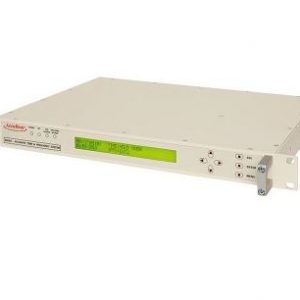Fibre Optic solutions are supported with components designed into Industrial or leading edge Optical Receivers, Amplifiers, Modulators or Transmitters at 10G and 40G transmission rates.
Microwave Marketing is very active in the networking market and can support aspects of networking for wireless and optical networks and include components for fibre optic networks, timing and surge products
There continue to be a growing number of mobile-broadband subscribers and the data usage per user continues to increase. Mobile traffic data (globally) grew by nearly 70% in 2014; reaching 2.5 Exabyte per month by the middle of the year.
The increase in data traffic is being pushed by the requirement for more HD and UHD video content and this creates the need for faster networks.
This increase in mobile data is expected to increase even more when 5G is commercially deployed. One of the major mobile suppliers forecasted 90% of the global population over 6 years old will have a mobile phone by 2020 with >40% of the mobile broadband being on LTE networks. This demand for higher data rates drives the requirements for faster networks – both for the direct communications and also for back haul.
The advent of fibre networks has really assisted this growth and with the bandwidths now available with optical networks, the operators are pushing up past the 100Gbit to beyond.
Fibre Optic solutions are supported by Microwave Marketing with components designed into Industrial or leading edge Optical Receivers, Amplifiers, Modulators or Transmitters at 10G and 40G transmission rates. These solutions are found in data-centres, radar, cctv, marine, medical radio, high capacity data networks. We support Fibre test and inspection equipment for field engineers to ensure optimum completion of installation and cleaners for installation and test house applications. Fibre is now the medium for radio back-haul link from the Transceiver to consumer as data rates extend and RF conversion block functionality improves. Product groups for this product range cover Passives, Actives, interconnect and Transceivers. The expansion in use of fibre has seen spread of this technology across most of the markets we now work in.
The growth of ‘connected devices’ such as laptops, smartphones and tablets is increasing. At the same time, there is a rapid growth in the market for wearable devices, smart home appliances to connected cars. The number of wireless access points (small cell, DAS and Wi-Fi) needs to increase to cope with the growth. This is especially important in high rise apartments, office buildings, sport stadiums, hospitals, convention centres and shopping malls. In addition, adaptive access points are also needed for outdoor activities where large numbers of people gather such as sports events, university campuses and railway stations.































































